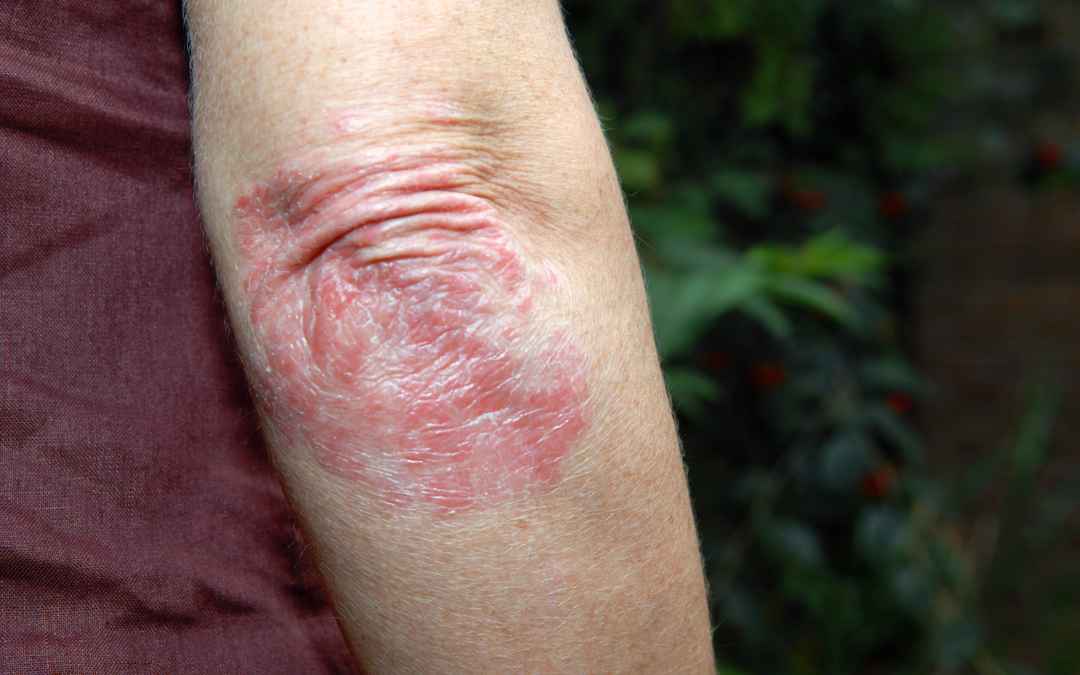PSORIATIC ARTHRITIS
AN OVERVIEW OF PSORIATIC ARTHRITIS
A complication that is suffered by up to 30% of people who have psoriasis is a condition known as psoriatic arthritis…
Irrespective of which particular type of psoriasis you suffer from or the degree of severity of the condition, it is still possible to develop psoriatic arthritis, which is a lifelong condition that causes pain and stiffness in the joint, accompanied by gradual deterioration.
DEGREE OF SEVERITY:
Irrespective of which particular type of psoriasis you suffer from or the degree of severity of the condition, it is still possible to develop psoriatic arthritis, which is a lifelong condition that causes pain and stiffness in the joint, accompanied by gradual deterioration.Signs that you might be developing psoriatic arthritis are:
• Inflamed, red psoriatic skin lesions around the joint area;
• Pain and swelling in the joints that is at its worst in the morning or following a period of rest;
• Irregularities of the finger and toe nails such as nails that begin to pull away from nail beds, pitting, an orange/yellow coloration or unusual ridge patterns.
Psoriatic arthritis is most commonly seen in the joints of fingers and toes but other critical bone joints such as knees, elbows, ankles and neck may also be affected in some individuals. No matter which joints are affected, the area surrounding the joint is almost always stiff and painful and often tends to have a darker coloration. You may also notice that the affected area feels warmer to the touch than surrounding nonaffected areas.
Psoriatic arthritis can vary in severity and symptoms from one individual sufferer to another. For example, whilst some people will suffer ‘full blown’ psoriatic arthritis day, others might only suffer mild joint stiffness.
Furthermore, despite the name of the condition, it is not only people who have psoriasis already that will develop psoriatic arthritis. Nevertheless, around 70% of people who develop the condition will already have psoriasis. In this situation, studies indicate that in the majority of people, arthritis will set in somewhere around 10 years after they first suffer psoriasis, although there are cases reported where arthritis begins within a matter of months of the initial psoriasis diagnosis.
As a further general guideline, the majority of people who suffer psoriatic arthritis are likely to see the first signs of the condition somewhere between their 30th and 50th birthday.
As with all forms of arthritis, psoriatic arthritis can be a debilitating and crippling condition, but unfortunately, it is extremely easy to confuse the early warning signs of the condition with dozens of other possibilities. For example, it is generally acknowledged that common early warning signs include lateral elbow pain (usually known as ‘tennis elbow’) or a pain in your hands or feet. Obviously, it is extremely easy to conclude that these kinds of things can happen to anyone for any reason and to simply ignore them, especially if there are no recognizable plaques visible or evident. In a similar manner, pain in the shoulder, neck or upper back could be the first signs of psoriatic arthritis, but once again, these warning signs would be extremely easy to mistake for ‘just one of those things’ to be ignored as a result.
However, once psoriatic arthritis begins to set in, approximately 9 out of every 10 people who suffer will begin to see the condition manifest itself through the nails of their fingers and toes. In this case, the individual concerned might start to see their nails begin to pull away from the nail bed or for pitted marks and discoloration to become evident. As soon as any such physiological changes become evident, it is extremely important that anyone who suffers from psoriasis should consult their medical practitioner immediately, because it is possible for joint deterioration to be halted with appropriate treatment. And of course, there are natural treatments that you can use to offset the worst effects of psoriatic arthritis, but we will return to those a little later.
Perhaps not surprisingly, psoriatic arthritis and its effects range in severity from individual to individual. However, the effects of psoriatic arthritis can be extremely severe. For instance, according to statistics from the National Psoriasis Foundation, around one in every five people who suffer psoriatic arthritis have damage in five or more joints of their body, meaning that their quality of life and ability to complete basic, everyday tasks is severely impaired.
And then of course there are people at the opposite end of the spectrum who suffer nothing more than a slight stiffness in the joints. However, even for these people, it has to be accepted that the condition can always worsen.



0 Comments